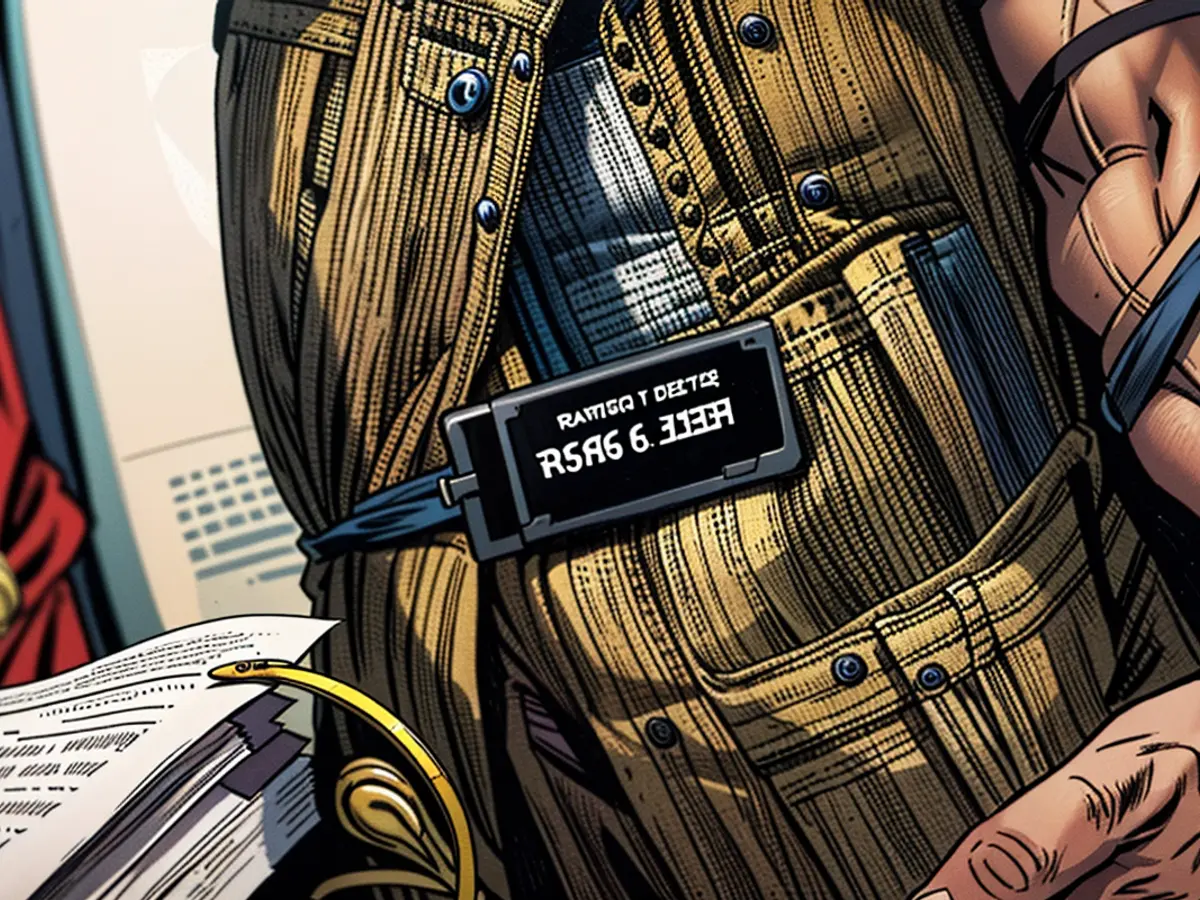
Opinion: It’s time for Biden and Trump to get real about our debt problem
Disturbingly, this is an accurate description of how the US has been operating for quite some time now. Yet neither of the leading presidential candidates has a serious proposal to address these troubling trends.
In just three years, despite a strong economy,not only will our debt be larger than the economy,the US will surpass its all-time debt-to-GDP record of 106% set right after WWII, and that debt will continue to grow indefinitely thereafter. Just three advanced economies — Japan, Italy and Greece — are worse than the US.
Further, at nearly $900 billion this year, interest payments on the debt are now the fastest-growing item in the budget and cost more than national defense. And our leaders refuse to fix the Social Security retirement program despite the fact that it will become insolvent in less than a decade, leading to large benefit cuts for retirees.
Our alarming fiscal situation is not the result of any one president, any single emergency, policies on just the spending or the tax side of the budget or a particular political party. It is partially the result of appropriate borrowing in response to recessions and emergencies, but it’s mainly the result of politicians (and voters) preferring not to pay for legislation that is passed.
The last time we ran a budget surplus — when the government brought in more in taxes than it spent on programs —was in 2001, when the national debt stood at 32% of GDP and was on course to be fully paid off. But thanks to major tax cuts, spending increases and recession responses — all boosting the debt by roughly the same amount — the debt is approaching 100% of GDP today. Over three-quarters of this debt came from bipartisan legislation.
There is also a huge amount of automatic spending growth in the budget. If non-interest spending were at the same level today as it waswhen we last had a surplus, the debt would be close to paid off, according to CRFB analysis.
One of the galling mistakes that got us to this point was being lulled into complacency when interest rates were quite low. In recent years, many experts provided politicians with a risky permission slip in arguing that we didn’t need to worry about new borrowing despite the obvious risk that rates could go back up. And borrow they did. Not just for Covid, which was necessary, but for almost all the policies that were passed since the last surplus, including tax cuts and new spending.
The one major exception was last year’s Fiscal Responsibility Act, which caps discretionary spending through fiscal year 2025 and was the first major deficit-reduction package in over a decade.
To be clear, the problem wasn’t that we pursued the policies we did, many of which were quite important. It was that we didn’t pay for them. Similar to a credit card teaser-rate, those low interest rates seduced the country into borrowing more and more, but now that rates have increased, the costs of that huge debt is massive.
If instead of listening to the don’t-worry, be-happy, just-borrow crowd, we had offset all non-emergency policies and put in place a comprehensive debt reduction plan, our debt could easily be $10 trillion below where it is today, according to CRFB calculations, leading to many economic benefits, including less upward pressure on inflation and interest rates, lower interest payments — even if rates did go up — and greater private investment, stronger growth and higher wages. And we would be in much better shape to respond to the next emergency.
We would be in better shape beyond just economics. If our debt were at more manageable levels, we would have more fiscal space to temporarily spread out the costs of paying for some of today’s largest risks,from climate to cyber threats to updating many of our social programs to reflect new technology-driven disruptions. We would have more flexibility to develop a comprehensive national security strategy as we face new risks, including disinformation, increasingly aggressive adversaries around the world and vulnerabilities from our dependence on foreign nations to lend us money.
While the need for a fiscal turnaround could not be clearer, we are in the midst of a presidential election where the two major candidates have barely discussed the issue. Both President Joe Biden and former President Donald Trump have a demonstrated record of approving trillions in new borrowing, even excluding Covid-related spending. Neither has offered anything close to a full plan to reduce the debt. And in an egregious effort to out-pander each other, they have both promised to “protect” Social Security while taking reasonable measures to do so off the table without putting forward an actual plan.
Get our free weekly newsletter
- Sign up for CNN Opinion’s newsletter.
- Join us on Twitter and Facebook
This campaign will be filled with false fiscal myths. Let’s be clear: Tax cuts do not pay for themselves, and neither do spending increases. Economic growth alone can’t solve our fiscal problems(though we do need more growth). While there is certainly plenty of room to raise taxes on the well-off, that alone will not be sufficient to fix the problems we face. And although last year’s bipartisan Fiscal Responsibility Act was a very important step in the right direction, we can’t fix the debt strictly by limiting discretionary spending — revenues and mandatory spending programs will have to be part of the larger solution.
The candidates owe the country an honest plan for how they would pay for their agendas and begin to put the debt on a sustainable path. They should start with a simple promise that outside true emergencies, they will not add further to the debt. But they will need to go further. Almost every other issue they care about — including national security, economic growth, global competition, inflation, climate change and investing in the next generation — remains vulnerable until we have a credible plan in place to get the debt under control.
Despite various analyses suggesting that paying for legislation is crucial to addressing the debt issue, neither presidential candidate has presented a substantial debt reduction plan. Many experts have expressed concerns about relying on low interest rates as a justification for continued new borrowing, as this approach can lead to significant costs once rates rise.







